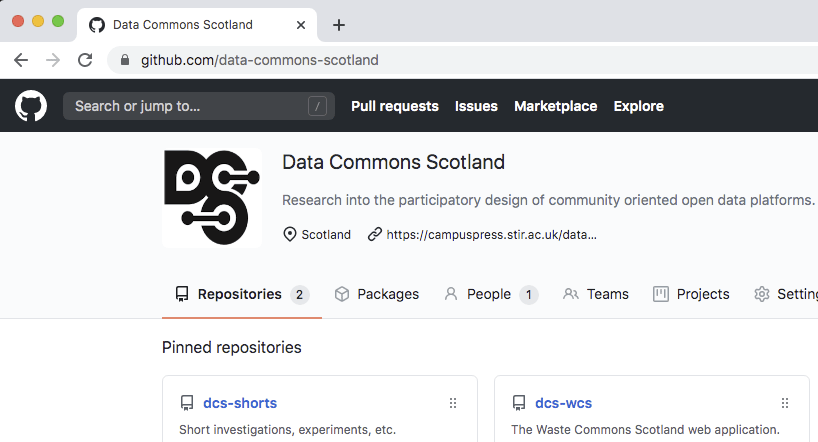
Working on his human geography homework, Rory asks…
Which areas in Scotland are reducing their household waste?
The cube-to-chart executable notebook steps through the nitty-gritty of this experiment. The steps include:
-
- Running a SPARQL query against statistics.gov.scot’s very useful data cubes to find the waste tonnage generated per council citizen per year.
- For each council area, derive the 3 values:
recent– 2018’s tonnage of waste generated per council citizen.average– 2011-2018’s average (mean) tonnage of waste generated per council citizen.trend– 2011-2018’s trend in tonnage of waste generated per council citizen. Eachtrendvalue is calculated as the gradient of a linear approximation to the tonnage over the years. (A statistician might well suggest a more appropriate method for computing thistrendvalue.)
The derived data can be seen in this file.
- Use Vega to generate 3 choropleths which help visualise the statistical values from the above step, against the council-oriented geography of Scotland. (The geography data comes from Martin Chorely’s good curation work.)
The resulting choropleths can be seen on >> this page <<
Rory looks at the “2011-2018 trend in tonnage” choropleth, and thinks…
It’s good to see that most areas are reducing waste generation but why not all…?
Looking at the “2018 tonnage” and 2011-2018 average tonnage” choropleths, Niamh wonders…
I wonder why urban populations seem to generate less waste than rural ones?

